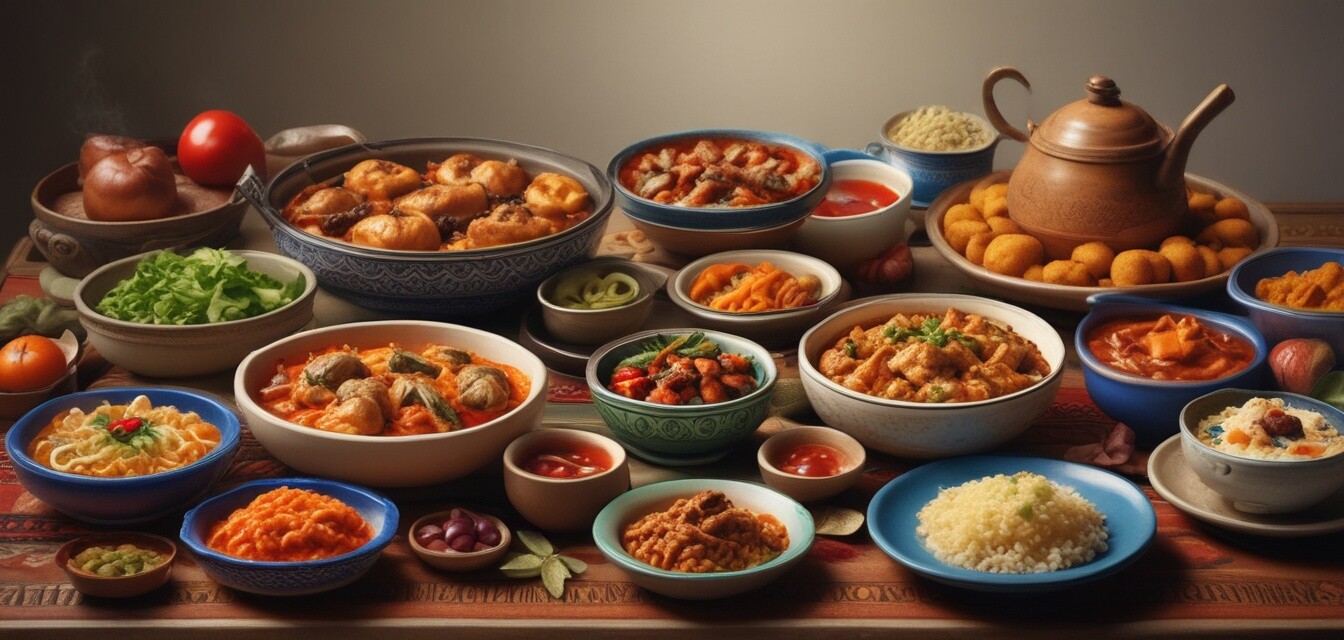
The influence of immigrant cuisine in NYC
- New York City is a culinary melting pot enriched by various immigrant cuisines.
- Immigrant communities have brought unique flavors, cooking techniques, and traditions to the city.
- Understanding the importance of authenticity and cultural heritage in food is essential.
- New trends emerge from the blend of traditional and contemporary culinary practices.
- Celebrating and preserving immigrant cuisines helps sustain cultural identities.
New York City, known for its dynamic and diverse culinary scene, is often referred to as a melting pot of cultures. With every cuisine represented within its boroughs, the rich tapestry of immigrant culinary traditions tells a remarkable story of innovation, perseverance, and adaptation. In this article, we will explore how these immigrant cuisines are shaping trends in NYC and influencing the way we experience food.
The roots of immigrant cuisine in NYC
Since its inception, NYC has been a hub for immigrants seeking new opportunities. Each wave of immigration has introduced new flavors and cooking methods, contributing to the city's elaborate food landscape. Not only have these immigrant groups influenced local restaurants, but they have also paved the way for culinary practices that inspire home cooks.
Influential immigrant communities and their culinary contributions
Below is a table highlighting some key immigrant communities in NYC and their notable culinary contributions:
| Immigrant Community | Notable Dishes | Region of Influence |
|---|---|---|
| Italian | Pizza, Pasta, Risotto | Brooklyn, Little Italy |
| Chinese | Dumplings, Peking Duck, Dim Sum | Chinatown, Flushing |
| Mexican | Tacos, Enchiladas, Mole | East Harlem, Sunset Park |
| Jewish | Bagels, Lox, Knishes | Lower East Side |
| Indian | Curry, Biryani, Samosas | Jackson Heights |
Diverse flavors and fusion trends
One of the most exciting aspects of New York's immigrant cuisines is the fusion trends that emerge when traditional dishes meet modern culinary ideas. Chefs experiment with various ingredients and methods, creating innovative dishes that still respect their roots.
Popular fusion dishes in NYC
Here are some popular fusion dishes found in NYC that highlight this creativity:
- Asian tacos - combining Mexican street food with traditional Asian flavors.
- Ramen burgers - a delicious twist that blends American fast food with Japanese noodles.
- Dim Sum sliders - a playful alternative to traditional sandwiches, featuring flavors inspired by Filipino cuisine.
The importance of authenticity
Maintaining authenticity in immigrant cuisine is crucial. As trends evolve, it's important for both chefs and home cooks to respect culinary traditions and heritage. Authenticity encourages the preservation of family recipes, providing a connection to cultural identity.
"Food is not just nourishment for the body; it's nourishment for the soul—an expression of culture and identity." - Anonymous
The future of immigrant cuisines in NYC
As the culinary landscape continues to evolve, immigrant cuisines will remain a pivotal part of NYC's identity. Culinary schools and educational programs are also recognizing the importance of these traditions. By teaching the next generation of chefs about the different cultures represented in their own backyards, we can ensure that these culinary arts thrive.
Tips for exploring immigrant cuisines in NYC
- Visit local markets that feature ethnic ingredients.
- Explore small family-owned restaurants for authentic dishes.
- Try classes that focus on specific immigrant cuisines.
- Attend food festivals celebrating the diversity of flavors.
- Engage with the local community to learn about food history.
Pros
- Rich culinary diversity enhances dining experiences.
- Cultural exchange encourages creativity in cooking.
- Authentic dishes help preserve cultural heritage.
Cons
- Some traditional recipes may be lost over time.
- Fusion dishes can sometimes misrepresent cultures.
In conclusion, the influence of immigrant cuisine in New York City is vast and profound. These culinary traditions not only enrich the local food scene but also foster a deeper understanding of the diverse cultures that make up our city. By embracing and preserving these unique flavors, we celebrate the beauty of our collective history in the kitchen.
For more insights into the evolving culinary world, check out our Culinary News & Trends section.